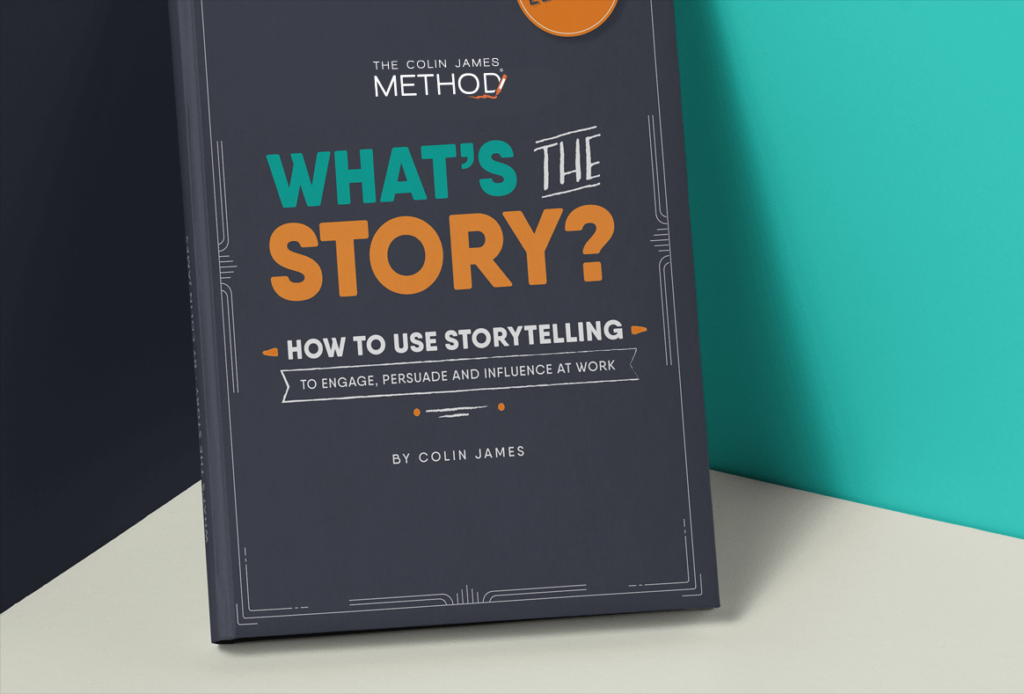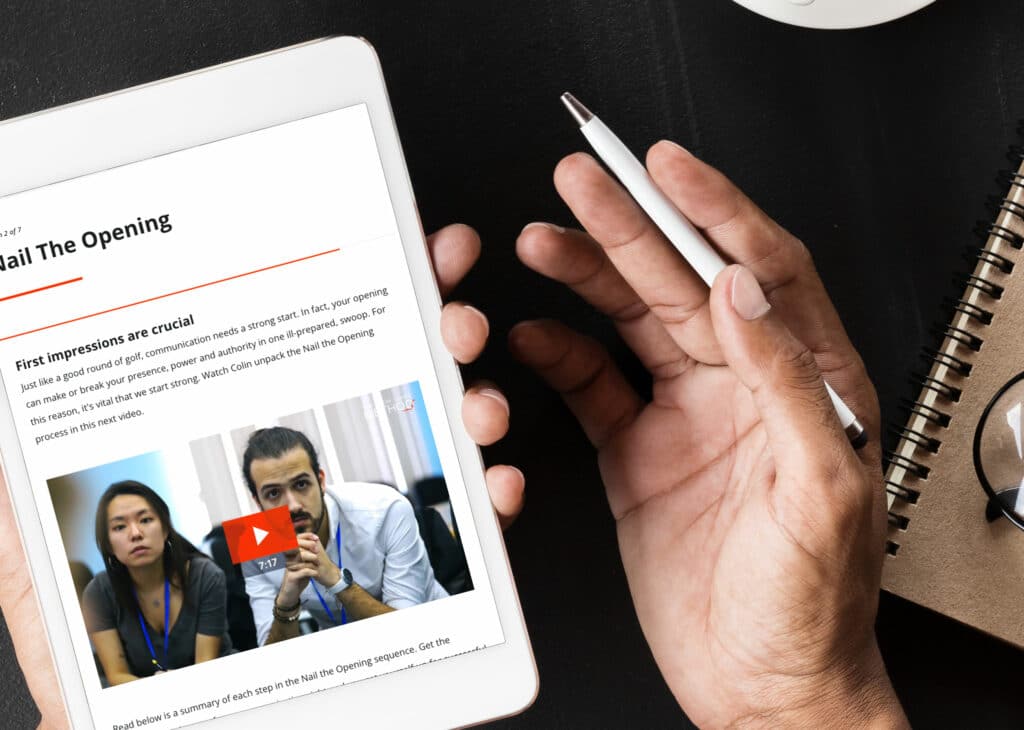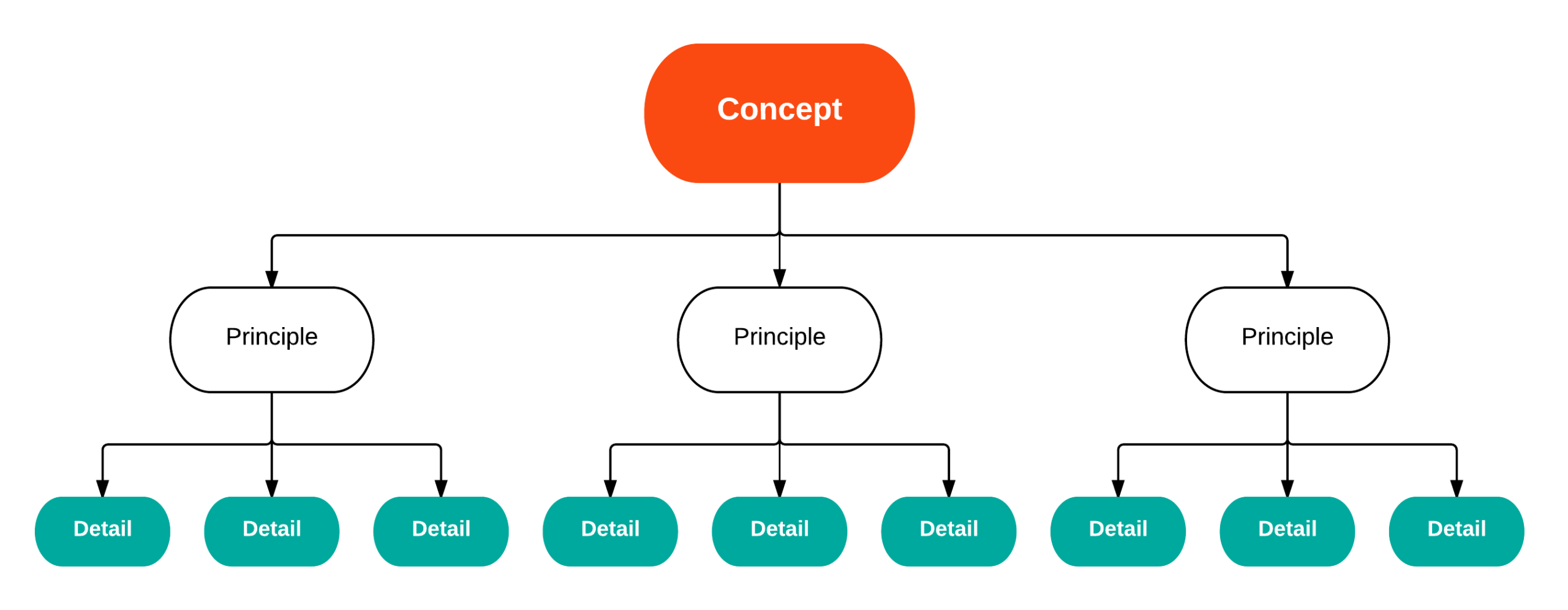A fear of public speaking can be career-limiting. It can undermine your credibility, authority, and confidence – that is, unless you learn how to overcome it.
In this article, we’ll explore four solid foundations for alleviating public speaking anxiety so you can begin your journey towards fear-free presentations.
Overview:
- Is a fear of public speaking curable?
- How to overcome fear of public speaking
-
- Preparation
- Start strong
- Structure
- Focus on value
-
Is a fear of public speaking curable?
First, a word of reassurance. We know from experience that a fear of public speaking is treatable and, for many, completely curable.
There are some more intense medical treatments for those suffering from a severe fear of public speaking (Glossophobia). But for 99% of people, these are completely unnecessary! Implementing the following four foundational principles will be more than enough for most people to overcome their presentation anxiety and pick up some life-long career skills along the way.
How to overcome fear of public speaking: 4 principles
It’s called ‘the art of public speaking’ for a reason but it could more accurately be described as a skill. The good news is that skills can be developed with training and practice. What we need to do to combat fear of public speaking is:
1. Preparation
We all know the feeling: you open your mouth because it’s your turn to talk but what comes out is “um, er, yes well…” *sigh* Your mouth opened before you were ready. This is a classic example of poor preparation – but it happens to the best of us, believe me! Watch the video of Erica below as she faces just such a situation…
Preparation can help you avoid these awkward moments. Here’s how:
Pre-prep:
- Understand your audience: divert your attention to what they need and remember it’s not about you.
- Research your topic: have the facts and figures at your fingertips.
- Rehearse: use colleagues to bounce ideas off and rehearse your presentation ahead of time.
In the moment prep:
- Pause: it’s ok to take a moment to organise your thoughts.
- Breathe: under pressure, our breathing quickens so take a couple of mindful breaths to calm your mind.
- Relax/smile: engage your audience with a smile and inject some positivity into your mood in the process.
- Compose your body language: how you hold your body impacts your mood and how people think about you, so consider your executive presence.
- Avoid jargon: complex terminology is alienating and confusing so stick to easy-to-understand turns of phrase.
2. Start strong
Pattern interrupt will help boost your authority and make you stand out as a presenter, so don’t be afraid of trying new techniques. Yes, you can keep it simple, but it doesn’t have to be boring just because you’re nervous. Start strong with something that gets the audience’s attention straight away.
Tips for starting strong:
- Ask your audience: as Colin points out in the above video, it’s just you and the audience when you first come on stage – ask them a question to engage them straight away.
- Tell a story: a story that illustrates or leads into your key starting message is a proven way to make your point more memorable.
- Lighten the mood: you don’t have to be Seinfeld to be able to inject some humour into your presentation.
- Shock or surprise: it’s a proven tactic of traditional media because it works – a shocking statistic gets attention.
- Finish what you started: remember to end your presentation by reiterating your key starting message.
3. Structure
Having a structure to guide you throughout a presentation can dramatically reduce the fear of public speaking. It’s not just about having a beginning, a middle and an end to your talk, it’s about breaking down what might seem like an overwhelming 20-40 minutes into a purposeful, meaningful, sensical framework. That you can logically remember which, in turn, keeps you calmer. We call this the CPD hierarchy.
C = Concept: what’s the overarching idea you’re trying to present or theme you’re exploring?
P = Principles: how can you break this concept down into key chapters, principles or steps that lead to the desired goal?
D = Details: what are the all-important details, the facts, figures and evidence to support your key points?
Rather than trying to plan the speech word for word – which causes far more stress – the CPD model is a book with chapters that you can work through with ease.
Structure tips:
- Design your delivery using the CPD framework
- Number your principles to make them easier for the audience to remember this also allows the content to flow more easily.
- Make structure within structure: don’t just structure your overall presentation – structure each principle with 3-4 details too.
- Visualise the red thread: whatever data and stories you share with your audience, imagine there’s a “red thread” running from the start to the finish that links your presentation together. Providing a logical narrative that ties up the loose ends once you get to the end.
4. Focus on value
The most important thing to remember when making a speech is that it’s not about you. It’s about your audience and ensuring they receive your message and its value. When you are focused on the value you are bringing to them, you are less conscious of yourself, which helps to settle the nerves.
How to focus on the value:
- Do your research: Who’s in the audience? What do they need or want to know about? Make sure your content is curated with them in mind. If you’re speaking their language you’ll engage (and hopefully entertain) them easily!
- Know your worth: you wouldn’t be making this presentation if you weren’t entirely capable of doing so – you’re making this speech and you’re exactly the right person for the job because you have something important to say. Focus on that.
- Play your role: if you don’t feel confident, act confident – play the part of ‘completely fearless you’, the professional you that you want people to see.
- Tap into your passion: what expertise brought you to this point? Why are you the best person to convey this message? Your subject matter expertise are respected by the audience so provide them with the knowledge they seek from you.
If you are struggling with a fear of public speaking, don’t worry – most people do. But you can master it. It’s just a case of knowing and applying a particular set of techniques, some of which we’ve covered here. If you’d like to learn more and build the full suite of skills to combat these situations, join our Mastering Public Speaking program. If these principles have helped you, don’t forget to share this article with your colleagues so they can benefit too.
The Colin James Method® Facilitators train corporate executives to improve their professional communication skills with a proven methodology. Our highly trained Facilitators and Coaches are recognised for their experience in their fields and have worked with many individuals and organisations around the world to master the art of communication.















